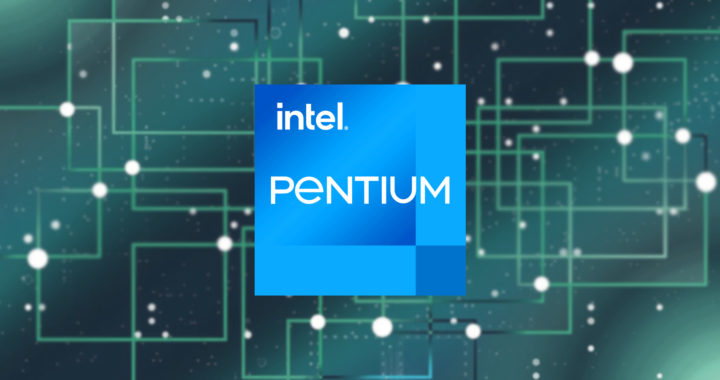The Pentium line of microprocessors used to be the flagship brand of Intel Corporation. It powered some of the most capable mainstream personal computers in the 1990s and early 2000s. Nowadays, however, it has been rebranded and repositioned as a low-cost and mid-tier line of processors following the introduction of the Intel Core brand in 2006.
Note that Intel Celeron remains the entry-level and lowest-cost brand of microprocessors while the entire Intel Core line which consists of the Core i3, Core i5, Core i7, and Core i9 sub-brands has been the flagship and mainstream brand catering to a wider range of market segments. Intel Pentium sits between the Celeron and the Core.
Pros: Advantages of Intel Pentium
Intel has positioned the Pentium brand as a budget-friendly but performance-capable line of microprocessors. There are also two sub-brands under this product line: Pentium Gold and Pentium Silver. Each has its own value propositions.
The Gold sub-brand is ideal for day-to-day average computing such as basic office productivity and rich web browsing. The Silver is a power-efficient sub-brand with a specific focus on connectivity for mobile applications and embedded solutions.
Below are the advantages and major reasons to use this processor:
• Inexpensive: These processors are more affordable than the Core i3 but are more expensive than Intel Celeron. The entire line provides a decent balance between budget and average performance.
• Capable: Note that the clock speeds of these processors are higher than Celeron-branded processors. The Gold G6400 model released in 2021 has a 4GHz clock speed on its dual cores and has hyper-threading.
• Universal: Another advantage of Pentium is that it is considerably universal in terms of its compatibility with most hardware components and software, as well as in terms of average use cases.
• Efficient: Processors under this brand have lesser power requirements than entry-level Intel Core processors because of their low wattage consumption. They also generate less heat similar to Celeron processors.
The aforementioned major advantages of Intel Pentium make it ideal for entry-level use cases. PCs equipped with this processor are suitable for children and younger students, as well as certain professionals in need of an office productivity machine.
Furthermore, because it costs less than AMD Ryzen 3 and Core i3 processors while delivering better performance than AMD Athlon processors, it is a solid option for implementing computerization in numerous business settings.
Cons: Disadvantages of Intel Pentium
Remember that Pentium-branded processors are capable. However, they are not as capable as a Core i3 and they should not be compared with Core i5 and Core i7 processors. Note that the entire Intel Core line is positioned for the mainstream market.
The following are the disadvantages and reasons not to use this processor:
• Limitations: Pentium is somewhat similar to Core i3 in terms of the overall architecture. However, it has certain features disabled or made unavailable to push its price lower and maintain its power-efficient value proposition.
• No Gaming: This processor should not be used for PC gaming similar to Intel Celeron. However, when factoring in a discrete graphics processor, it can still play games better than Celeron-equipped computers.
• Confusing: Both the Gold and Silver sub-brands and variations can be confusing. Both are entry-level and budget-oriented processors. However, each has its own differentiated selling points and value propositions.
Considering the disadvantages and limitations mentioned above, this line of processors from Intel cater to a particular market segment or niche. The entire brand is not suitable for the mainstream PC market in which multi-tasking and multiple use cases prevail.
The brand is undeniably not ideal for use cases that involve extensive web browsing and utilization of office productivity applications, as well as resource-intensive uses such as photo editing and graphic design, video gaming, and high-definition media playback.





